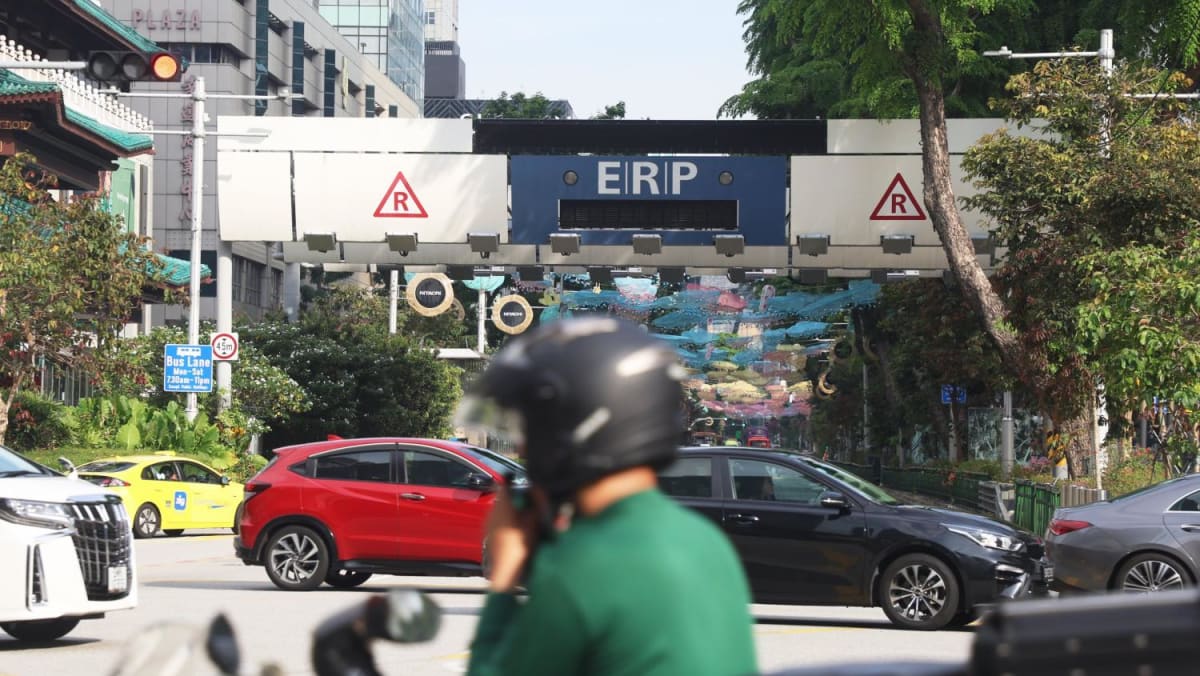With no plans to alter current road pricing rates and methods, why change the system at all? A P Gopinath Menon, who oversaw the implementation of the original Electronic Road Pricing system in 1998, weighs in.
ERP 1.0 has already gone through one upgrade, when IUs were revamped to facilitate the use of contactless cashcards.
However, it is unlikely that the outdated 1990s tech that forms the basis of the current ERP can go for another upgrade. In essence, the LTA is saying that it’s reached the end of its shelf life. Like any old equipment, it will also get increasingly expensive to maintain as spare parts become increasingly obsolescent.
Essentially, ERP 1.0 is on its way out. How then can ERP 2.0 be more effective at regulating road use and congestion?
The answer potentially lies in distance-based charging.
FAIRER, MORE EFFECTIVE
In road pricing, road space is treated as a commodity, like water and electricity. Vehicles pay charges for the use of roads when and where they cause congestion.
Therefore, compared to a system that imposes a flat charge on vehicles going under a gantry, charging for the distance travelled is a fairer and more effective method.
This model of “you only pay for what you consume” is akin to the distance-based fares now in place for MRT and bus rides. Keep in mind that when this new fare scheme was first introduced, there was initially widespread apprehension among Singaporeans that they will end up paying higher fares — but this was not so.
When ERP 1.0 was introduced in 1998, the technology to accurately charge for distance travelled was not available. Over the past two decades, such technology has become available using satellites orbiting the Earth. ERP 2.0, unlike its predecessor, has the ability of using such technology for distance-based, entry-based, or point-based charging.
But, as one may rightly point out, LTA has announced that it has no immediate plans to introduce distance-based charging under ERP 2.0.
There could be reasons for not rushing into this method right away.
For one, the current method of entry-based or point-based charging is still effective in managing congestion. Such a move would also require large-scale transport policy considerations that will first have to be ironed out. Motorists also need time to familiarise themselves with the new gadgets of ERP 2.0.
Sorting out issues that could arise on the ground are necessary steps before embarking on nationwide migration to any new system.
For a shift to distance-based charging, for example, a method must be created to compute and assign the charges in such a way that motorists do not end up paying more than what they incur under ERP 1.0. After all, a national road pricing system is meant to manage traffic congestion, not to generate revenue for government coffers.
To mute public criticism, it may be prudent to fast-track the steps towards this migration. A similar exercise was done when the old paper manual road pricing scheme using paper licences migrated to ERP 1.0 in 1998.
Rather than leaving motorists in the dark, LTA could provide an approximate date or indications of any plans to embark on such a move.
KEEPING UP WITH PROGRESS
One lingering question remains: Was the correct technology selected when tender bids were invited for ERP 2.0?
This is a dilemma for any project using any sort of technology, given the rapid pace of advancement in this digital age. Nine long years have passed since the LTA first embarked on the massive S$556 million project — time spent on evaluation of the tender bids, trials and tests, mass production of OBUs, all further augmented by Covid-related delays.
Even a mobile phone brand new to the market will become outdated within a year or two because models that follow it will inevitably offer more functions. However, this does not mean the older phone is useless.
If this can happen to a hand-held device meant for personal use, what more for a system covering the whole road network of a city-state involving about a million vehicles and taking several years to implement?
With that in mind, it is likely that the satellite-based technology for ERP 2.0, out of the various alternatives available, just happened to be the most appropriate at the time of selection.
Ultimately, it is not possible to wait forever to buy any phone at all just because improved models will soon appear.
ABOUT THE AUTHOR:
A P Gopinath Menon is a transportation consultant. He was a member of the Public Transport Council and has more than four decades of experience in transport management. He was previously the Chief Transportation Engineer at the Public Works Department and later at the Land Transport Authority. He also oversaw the implementation of the original ERP system in 1998.


